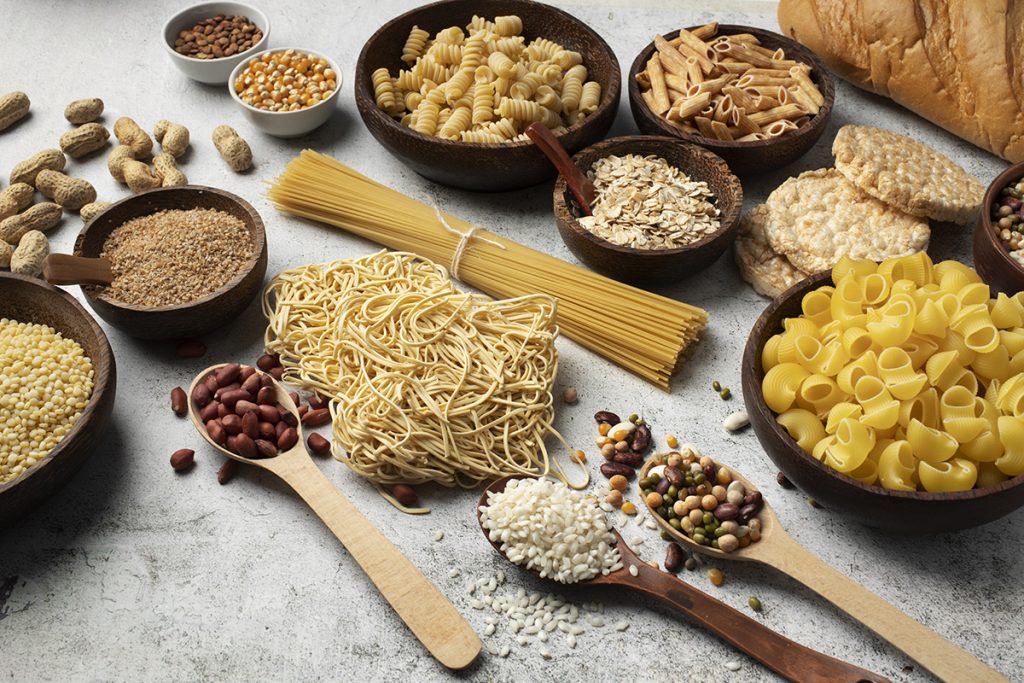Explore the carbs that make you feel great
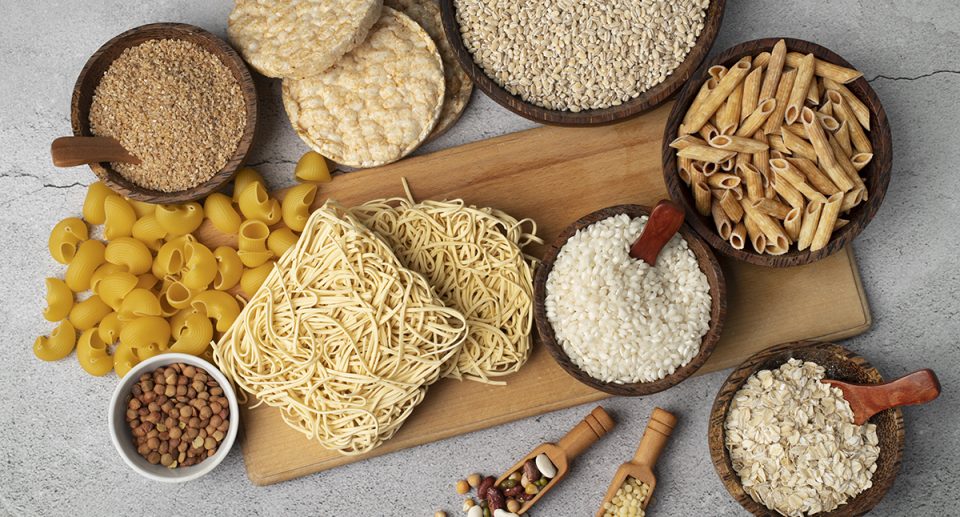
In contemporary times, carbs often bear the brunt of blame for various health issues, from weight gain to cardiovascular concerns. Consequently, many individuals are reducing their consumption of pasta, bread, and potatoes.
However, it’s imperative to recognize that carbohydrates are essential for optimal bodily function. Carbohydrates provide the necessary energy for both cognitive processes and physical activity. They also furnish fiber, essential nutrients, and fatty acids crucial for overall well-being.
The crucial factor lies in selecting the right types of carbohydrates. This is because carbohydrates are metabolized into glucose, and research suggests that the body’s ability to utilize glucose may diminish with age. Prolonged elevation of blood sugar levels can predispose individuals to diabetes and other related complications.
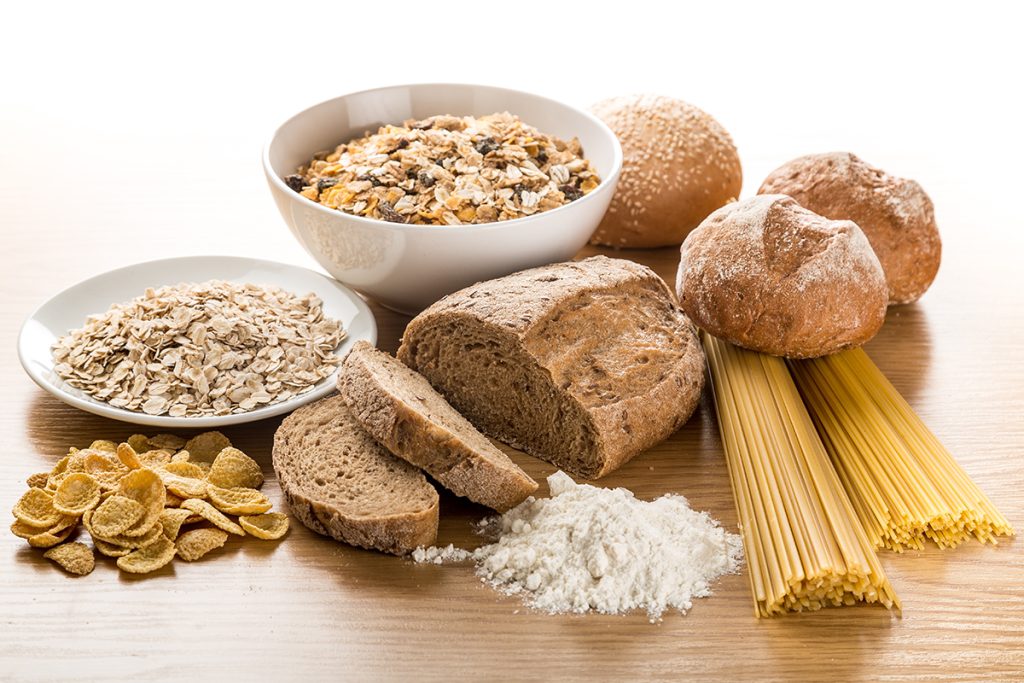
Refined versus whole carbohydrates
Carbohydrates are often categorized as simple or complex. Simple carbs are composed of one or two sugar molecules, while complex carbohydrates consist of longer molecular chains, such as starches or fiber.
However, this distinction can be misleading when making dietary choices. Not all simple carbs are unhealthy, and not all complex carbohydrates are beneficial. Furthermore, many foods contain both types. For instance, fruits contain natural sugars (simple carbs) alongside fiber (a complex carb).
A more practical approach is to differentiate between processed and whole carbs. Processed carbohydrates include added sugars, white flour (and products made from it), white rice, potato chips, and fries.
These carbohydrates are rapidly converted into energy, leading to sharp spikes in blood glucose levels and often lack essential nutrients and fiber. Prolonged consumption of processed carbs can contribute to chronic inflammation and increase the risk of inflammatory diseases, such as heart disease.
On the other hand, whole food sources of carbs—such as vegetables, fruits, whole grains, and legumes—are considered the healthiest option. They are digested more slowly, helping to stabilize blood sugar levels and provide sustained energy. Additionally, the fiber content in these foods offers protection against various diseases and promotes satiety.
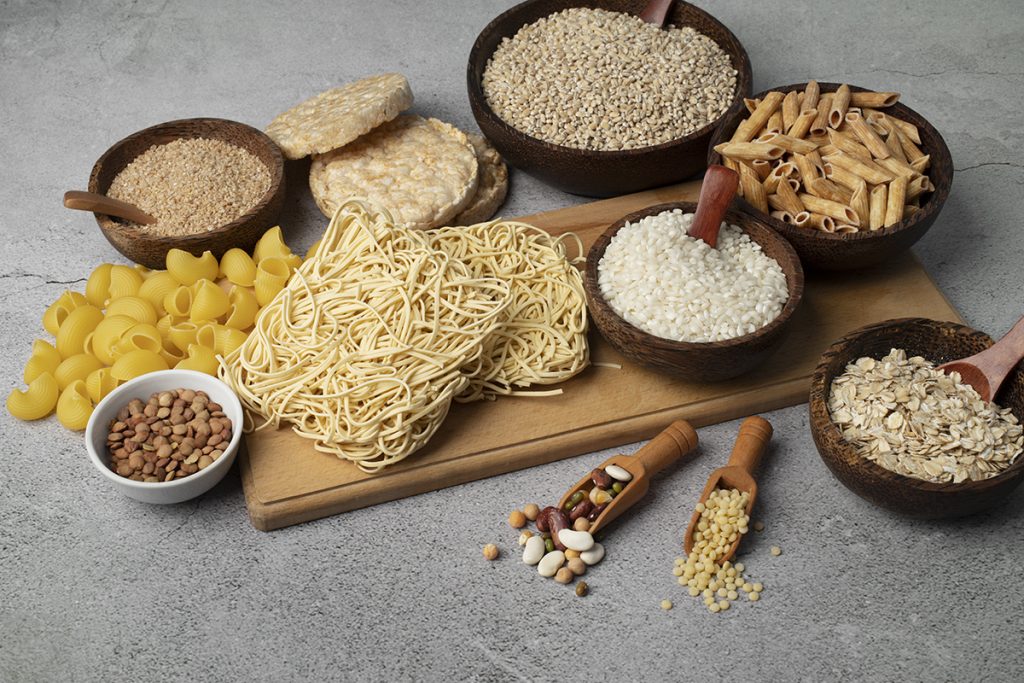
Research indicates that a high intake of fiber-rich foods reduces the risk of heart disease, type 2 diabetes, colorectal cancer, and related mortality. Furthermore, fiber promotes the growth of beneficial gut bacteria, supporting digestive health, immune function, and overall well-being.
Resistant starches, found in oats, legumes, cold pasta, and rice, offer similar benefits. These starches resist digestion in the small intestine, avoiding spikes in blood sugar levels and nourishing healthy gut bacteria in the colon.
How many carbs does your body really need?
The Department of Agriculture’s Dietary Guidelines for Americans advise obtaining 45 to 65 percent of daily calories from carbohydrates, equivalent to 225 to 325 grams for a 2,000-calorie diet. It is suggested to source nearly all carbs from whole foods and to limit added sugars.
According to the American Heart Association, women should consume no more than 25 grams of added sugars daily, while men should limit intake to 36 grams.
Are you considering lowering your carb intake? Many popular low-carb diets cap carbohydrate intake at 25 to 30 percent of daily calories. While effective for short-term weight loss, long-term safety and sustainability remain uncertain. Be aware that many individuals regain lost weight when following such diets.
Even individuals with blood glucose issues like diabetes may not require a low-carb approach. The Mediterranean diet for example, which derives 40 to 50 percent of calories from carbs, is extensively studied for metabolic health. However, individual carb needs vary based on factors such as health status, body composition, and activity level.
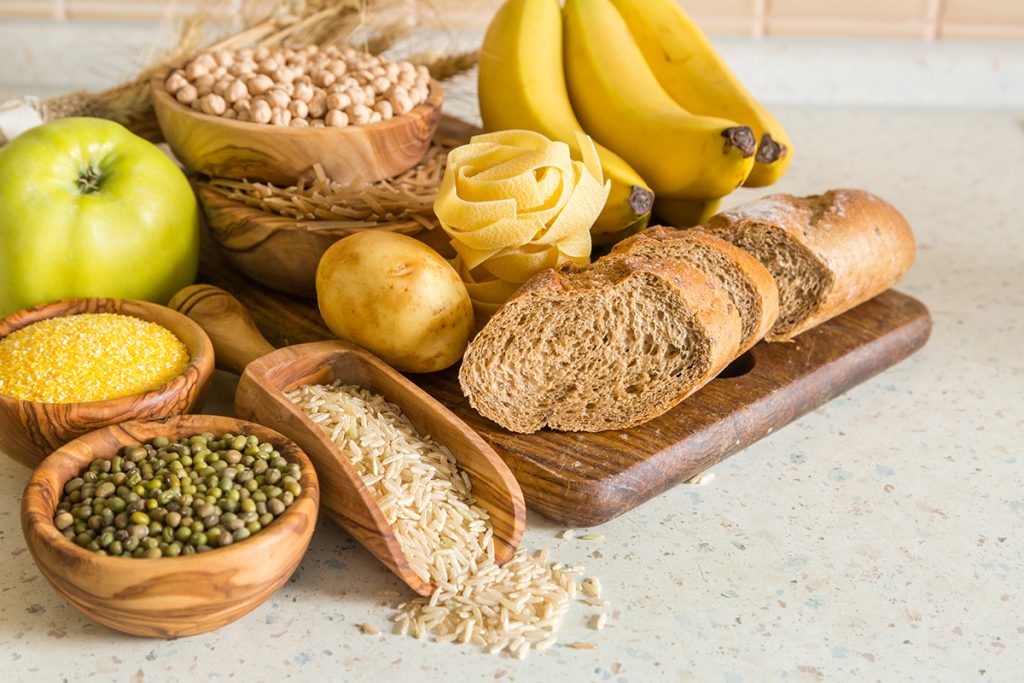
Simple ways to keep track of your carbs
There’s no need for meticulous carb counting. Just try these simple strategies:
Opt for whole grains. Research published in the 2021 Journal of Nutrition reveals that middle-aged and older adults who consumed at least three servings of whole grains daily experienced smaller increases in blood pressure, blood sugar, and waist circumference over 18 years compared to those consuming less than half a serving.
Prioritize fruits and vegetables. While some are low in carbs, such as spinach (1 gram per cup), broccoli (6 grams per cup), and strawberries (11 grams per cup), don’t shy away from those higher in starches and sugars, like potatoes (26 grams per cup) or grapes (27 grams per cup). It is advised to pay attention to portion sizes.
Incorporate plant-based protein sources. Beans, nuts, and tofu offer both protein and carbs. A study from 2024 found that women consuming more plant-based protein experienced lower rates of heart disease, cancer, and diabetes as they aged.
Pair carbs with protein and/or fat. Combining carbohydrates with protein or fat slows digestion, promoting steadier blood sugar levels. For example, accompany crackers or pretzels with cheese, peanut butter, or hummus.
Watch out for hidden added sugars. Ingredients like sugar, syrups, and fruit juice contribute calories and carbs without significant nutritional value. A diet high in added sugars increases the risk of diabetes, heart disease, and frailty. Check the ‘added sugars’ section on Nutrition Facts labels, not just on desserts but also in less obvious items like cereal, pasta sauce, salad dressing, and bread.
